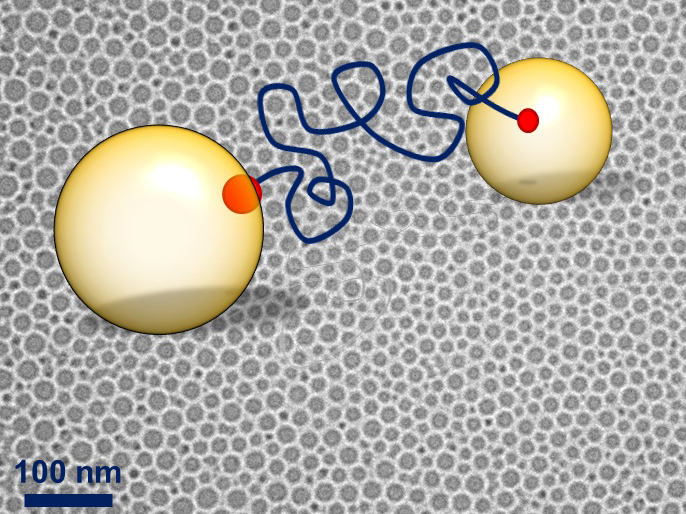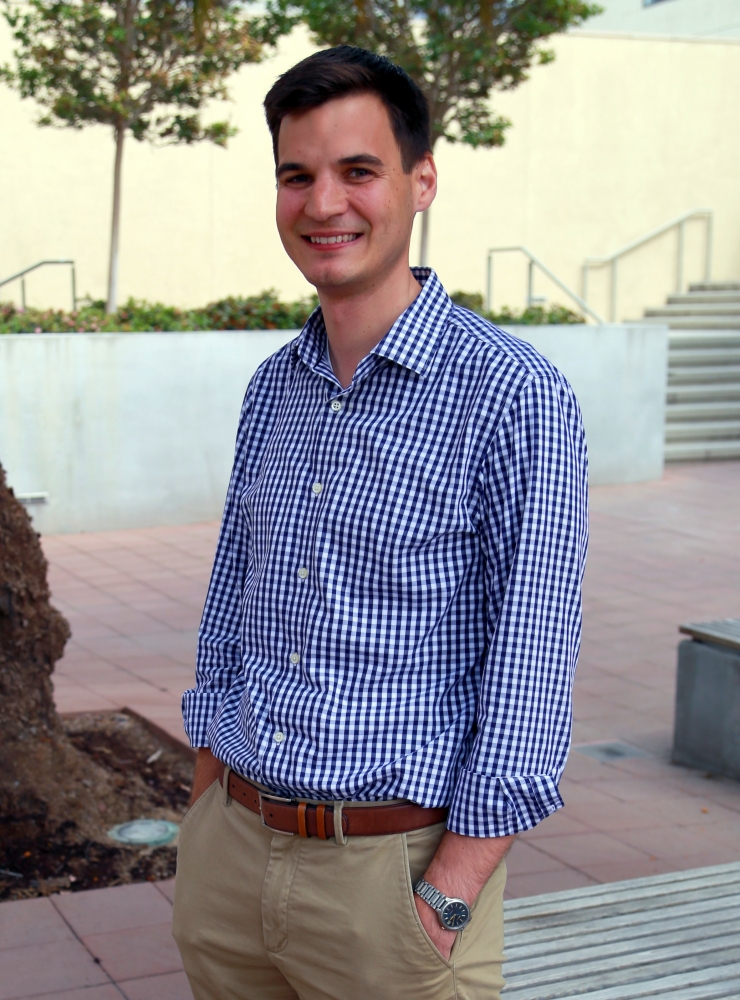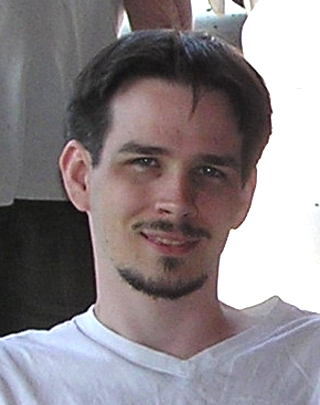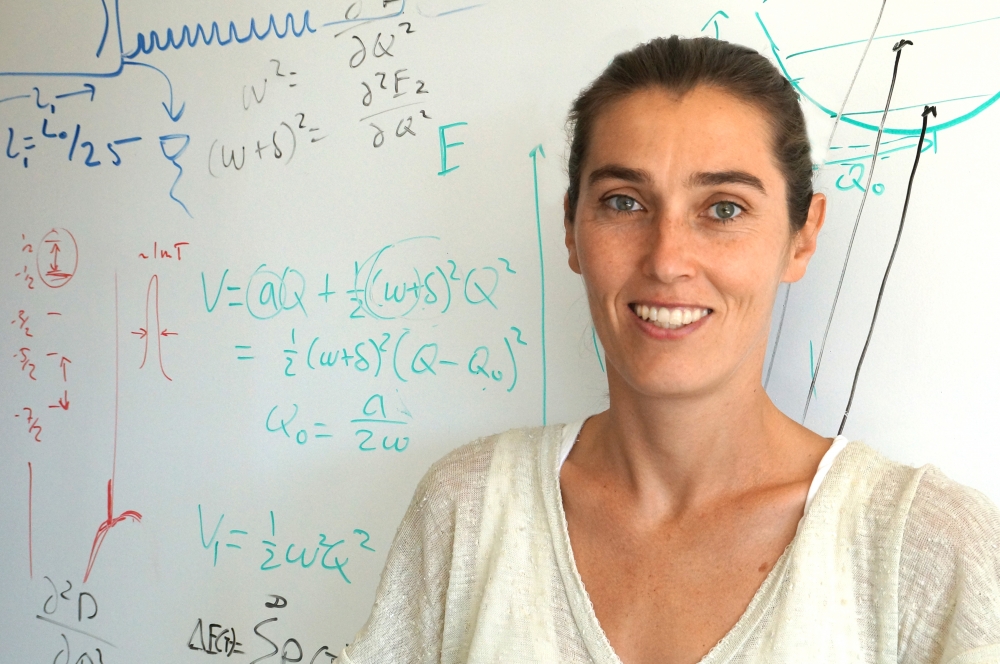
Big Results Require Big Ambitions



Three UC Santa Barbara researchers — a computer scientist, a chemical engineer and a physicist — are among the recent recipients of the National Science Foundation’s Faculty Early Career Development (CAREER) award. The NSF CAREER Program offers the NSF’s most prestigious awards to young faculty who most effectively integrate research and education.
“An NSF CAREER award makes it possible for an assistant professor in science or engineering to launch an ambitious research program,” said Michael Witherell, UCSB vice chancellor for research. “We are extremely pleased that two of our engineering faculty and one of our physics faculty have won these extremely competitive awards.”
‘Liquid Nanomasonry’
Imagine a liquid template that can, from the nanoscale, form sophisticated material structures with enhanced and specific properties. Molecular self-assembly has been able to create such templates; however, the weak intermolecular forces involved typically limit the size of features to several nanometers.
To overcome this hurdle, assistant professor Matthew Helgeson from UCSB’s Department of Chemical Engineering has received approximately $400,000 to develop generic methods for assembling nanoemulsions — nanoscale droplets of oil in water (or vice versa) — into superstructures for templating sophisticated materials with hierarchical structure. In a method he calls “liquid nanomasonry,” his experiments involve the application of external stimuli to trigger molecules in a fluid to become a mortar for assembling droplets into clusters with controlled sizes, shapes and features. Results of this project can be used to expand the use of liquid phase templating to new materials with applications in emerging fields, from nanomedicine to energy storage and photonics. Findings will also go toward a new course on chemical product engineering.
Proofing Computer Languages
Dynamic and complex computer languages, such as JavaScript, Python and Ruby, are double-edged swords. They offer software developers great flexibility and the ability to program many things, but their dynamism and complexity also make them difficult to analyze for accuracy and correctness — qualities that are becoming more important the more programs are written in these languages. Most static analyses of dynamic computer languages, it turns out, are inaccurate.
To improve the performance and quality of these analyses before software is deployed, assistant professor Ben Hardekopf of the Department of Computer Science has been awarded about $513,000 over five years to extend the state of the art in terms of correctness, precision and performance for static analysis of dynamic languages. Research includes static analysis testing to ensure the analyses’ correctness, exploring tunable analysis sensitivity and strategies for optimal analysis performance. Beyond its technical contribution, the research will also have applications in education, by providing content for undergraduate and graduate courses. The project will also provide data to industry.
The Quantum Made Visible
The nitrogen-vacancy (NV) center is a flaw in the atomic lattice structure in diamond that researchers like assistant professor Ania Jayich at the Department of Physics are using to explore the behavior of the quantum world. Her research investigates how the spin of the NV center — a model quantum system with atomlike properties that are uniquely accessible and controllable — could be used to study, measure and sense tiny quantum forces, yielding information that can advance the science of quantum metrology and computing.
At a wider focus, this research will also investigate what relationship the forces of a single electron spin have with the macroscopic motion of a phonon — billions of atoms vibrating in unison. This study would also enable fundamental research at the border of classical and quantum physics. Through her teaching and work as a mentor, Jayich will disseminate her science to a wide variety of students. This project has been awarded approximately $600,000 over five years.
The NSF promotes and advances scientific progress in the United States by competitively awarding grants and cooperative agreements for research and education in the sciences, mathematics and engineering.



